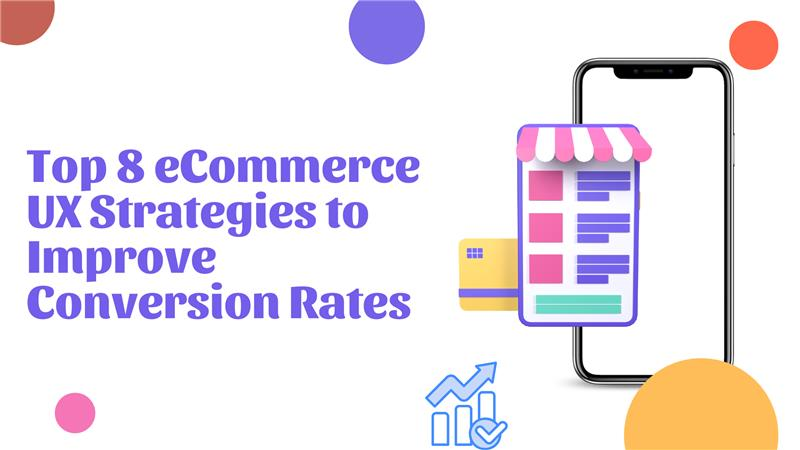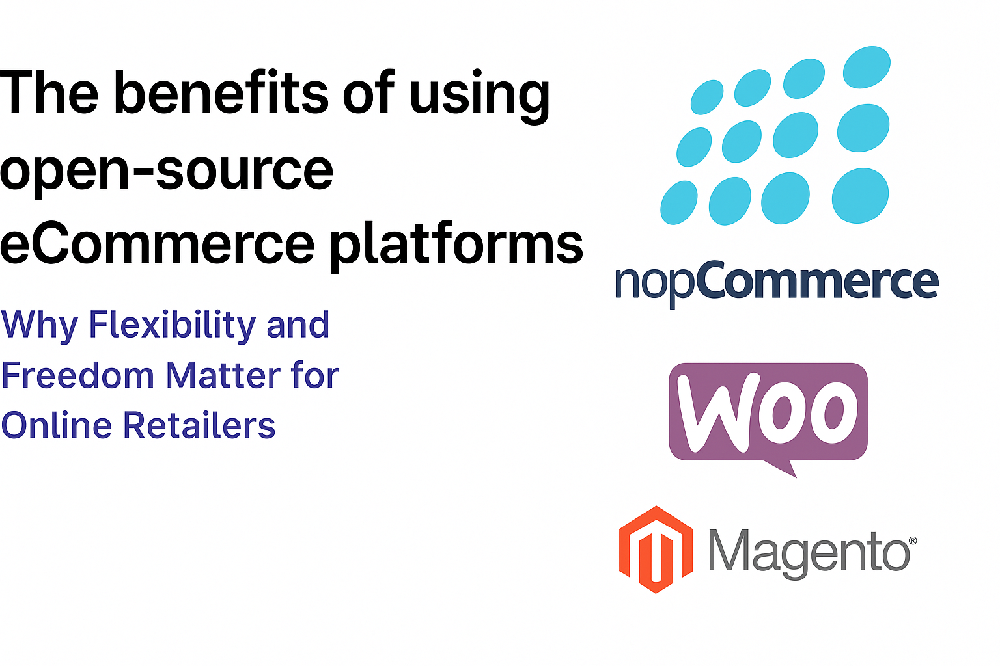
The article explains how eCommerce brands, especially in apparel, can significantly increase profits by focusing on customer retention instead of only acquiring new customers. It highlights why retention is powerful (higher spending, referrals, lower cost) and provides 7 actionable strategies, including personalization, post-purchase experiences, simple loyalty programs, packaging enhancements, feedback loops, automated re-engagement, and community building. It emphasizes the need for smart backend systems to automate and scale these retention methods. The content ends with a call-to-action to contact Satyanam for building custom retention systems.




